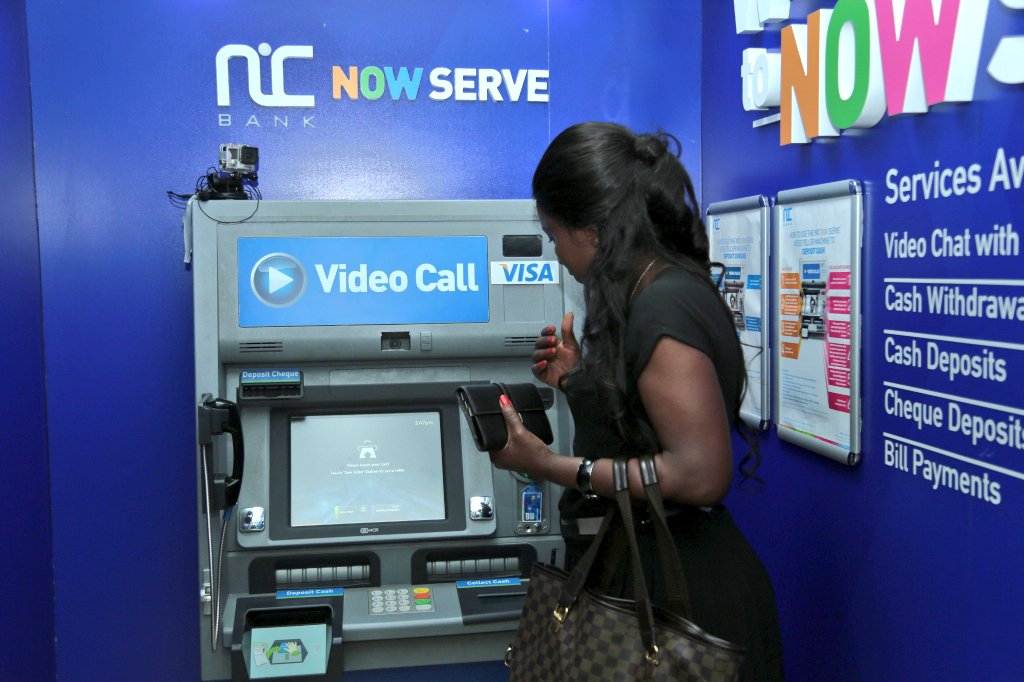Every Entrepreneur Needs A Credit Line
Before I went out into business for myself, my goal was to always be credit-free. It is a bragging point for most personal finance bloggers, gurus and wanna be gurus, but being debt free is also a great place to be! I have however discovered that in business, being debt-free is almost impossible. This is especially so if you are in agriculture where you do not start making money from the first day, and when you eventually start making money, it still does not flow as smoothly as you would wish. You need to borrow, and most importantly, you need access to cheap or free, easy to obtain credit. This post gives pointers on how to become a credit worthy entrepreneur, especially because formal credit does not come easy.
First, a word of caution…
Many people in Kenya (myself included) take loans to start businesses. The typical way to go about it is to get your employment payslip, and use it as collateral for either a bank or SACCO loan, in the hope that the business will generate profits to repay the loan.
This strategy doesn’t always fail, but most businesses will take longer than expected to generate cashflows or even profits. Plan to raise money to repay the loan from other sources for double or triple the time your Ms Excel projections worksheet tells you will take for the business to be self sufficient.
More often than not, a business will take twice the time, to generate half the profits you have projected. Plan accordingly.
The kind of credit you need when in business
The most important thing is to be able to access the cash very fast, without needing to go through lengthy loan application procedures. The second most important thing is the cost of borrowing. Any interest you pay goes towards reducing your profit and therefore you should seek to minimise your interest, and if possible go for sources that attract zero cost of borrowing. The final thing when borrowing for a business is flexibility; to increase your borrowing, to repay without penalties or to alter the repayments, should your circumstances change either positively or negatively.
So where do you get this super friendly credit from?
This is where I share my specific credit sources, by order of ease of access.
- Friends and family. Conventional wisdom says that you should never borrow money from friends and family, because this is the surest way to lose the relationship. I however believe that if you cannot build sufficient trust to borrow from friends and family, no one in this world should lend you money. Most people who have done honest business in this town will tell you that this source of credit has been the most reliable and useful for them, especially when in need of urgent bridging cash. However, for this to work, you have to build a high level of trust with your people. My next post will give you tips on how to borrow from this group without damaging your relationship with them.
- Table banking. This is a fast growing informal way of saving and borrowing. Table banks work by pooling members’ cash over time, then lending it back to them at reasonable interest rates. Just like friends and family, table banks work on trust, reliability, and also patience. It takes time to build a substantial table banking facility. The upside of this source is that credit is available almost immediately, the interest you pay goes into building the table bank which gives you access to even more cash, it is a form of saving, and most importantly, the members make the rules. Most table banks charge interest rates that are much lower than bank and SACCO rates. My table bank for example charges a flat rate of 10% for a maximum term of 1 year. What if you are not a member of a table bank? Get six trustworthy friends and start one! Look out for my post on my experience as a table bank member.
- SACCOs: The most popular post on this blog is about why you should join a SACCO as soon as you start earning. SACCOs are an “old-school” form of saving and borrowing money, but they are the friendliest insofar as commercial borrowing is concerned. Most will allow to borrow up to four times your savings, at an interest rate of 12% and repay loans for as long as 60 months. This makes them great for long term projects that take time to pay back such as business, real estate and agriculture.When borrowing amounts larger from your savings, you will need a guarantor. Guarantors are fellow members of the SACCO who commit to pay your loan should you fail to do so. I generally do not like the idea of guaranteeing loans and vice versa. A way to shortcut this is to have an asset (title deed or car log book) that you can give to the SACCO as security.
- Commercial bank. This is my least favorite source of credit for obvious reasons; banks charge really high interest on loans which significantly hurts your profits, and for small-time entrepreneurs, you can only access a bank loan if you are employed. Banks do not like start ups. However, together with SACCOs, they are the least painful should you fail to repay your loan. I say this because for a bank and SACCO, you can negotiate to defer the loan or extend repayment periods, while for the first two sources of credit, your relationship and trustworthiness are on the line should you encounter difficulty with repayments.
- Credit cards. I lied when I said that commercial banks are my least favorite. Credit cards ARE my least favorite source of borrowing! This is especially so if you are borrowing for business. The unpredictability of business cashflows means that you are likely to incur the super high interest charged on credit card debt. However, if you are confident you can always pay your credit card bill FULLY when it is due, you may use it, especially to finance your personal bills. With caution!
So there you go. Those are my five sources of finance. Have you ever needed to borrow for business? What source did you go with? Have you had a borrowing go horribly wrong? Tell us about it on the comments section below, or let us discuss on Twitter.




1 Comment